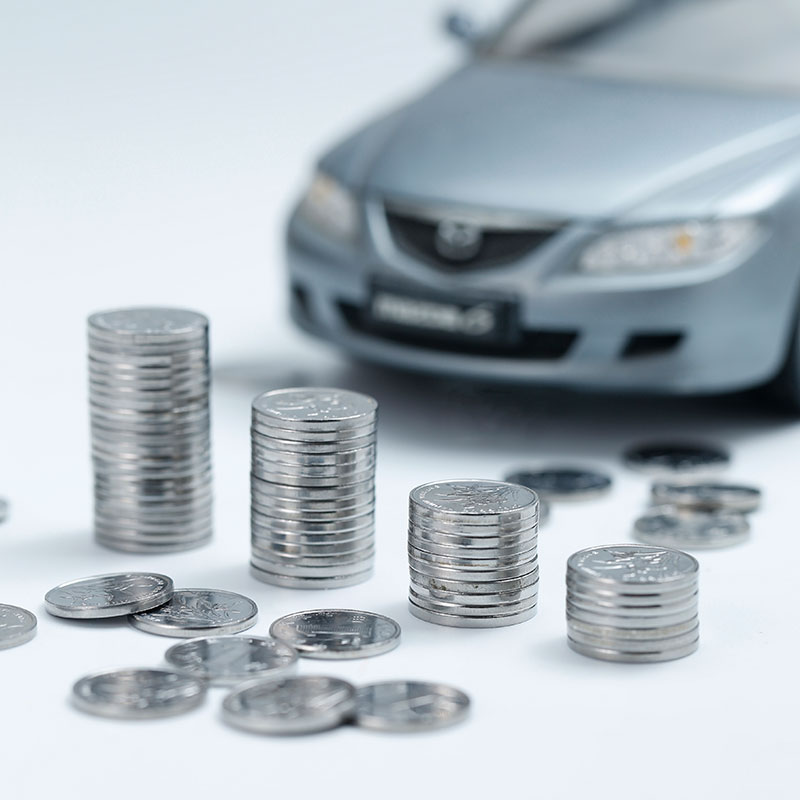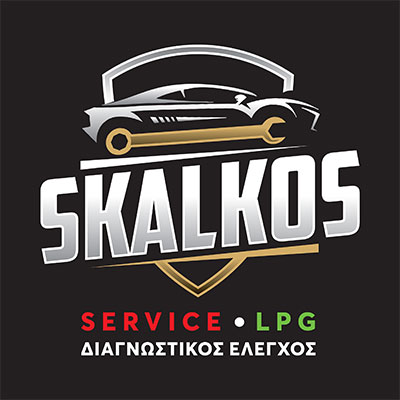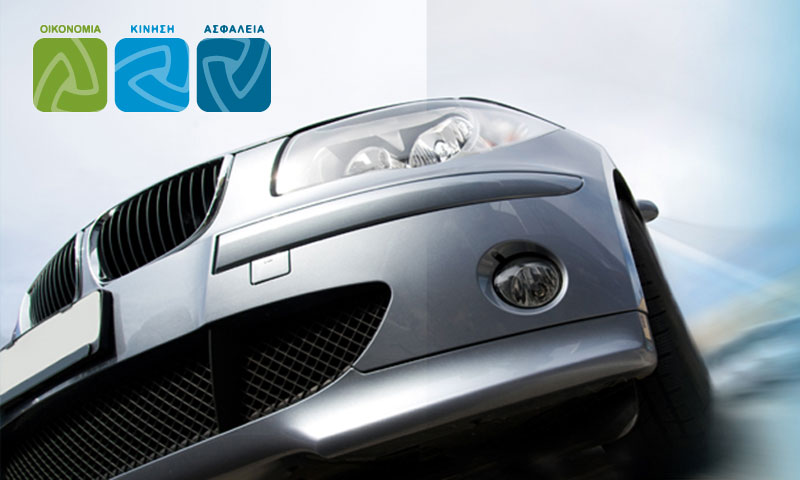Liquid gas propulsion
Economy. Safety. Performance.
Conversion of Vehicles for Liquefied Gas Propulsion
A gas propulsion system consists of:
- the control unit with sensors
- the wiring
- the gas deaerator – pressure regulator (lung)
- the gas injectors
To complete the installation, you need:
- gas tank with safety valve piping
- filling and filter valves
What is LPG and how is it made?
Liquefied petroleum gas or LPG stands for liquid petroleum gas and is a type of “liquid gas” that can be used as a fuel for a variety of purposes, including fueling cars. It is also referred to as butane and propane gas and is the byproduct of processing natural gas liquids as well as refining crude oil.
LPG has in recent years been recognized as a versatile low-carbon fuel – and is widely used in LPG propulsion. Although the phrase “liquid gas” appears to be a contradiction in terms, it actually describes a clear gas that turns into a liquid when subjected to pressure or cooling: it is this characteristic that allows it to be stored in tanks in a vehicle.
The advantage of converting the vehicle to LPG is clear, especially in recent times when petrol has shot up to prohibitive levels: LPG fuel usually costs about half the price of petrol. Although cars are unlikely to be more fuel efficient when running on LPG, you could soon be cutting your fuel budget in half. Once the cost of the LPG conversion is paid off, this could add up to significant savings – and the more you drive, the more you save.
The advantages of converting your car to LPG
It is quite economical
It is very important especially nowadays to use economical fuel and LPG is much more economical than petrol. This is largely due to the fact that LPG has lower fuel tax rates than other available fuels. Diesel, petrol and biofuels such as bioethanol are subject to higher taxes.
Eco-friendly
Converting your car to LPG can make it much more environmentally friendly to drive. It is proven that a car running on LPG significantly reduces the emissions of harmful gaseous pollutants for the environment. More specifically we have a reduction:
- 33% less CO2 (carbon dioxide)
- 63% less CO (carbon monoxide)
- 82% less NOx (nitrogen particles)
Extends engine life
Having an LPG conversion engine means you will be running 50/50 on your original fuel and LPG fuel. Reducing the amount of gasoline fed to your engine also reduces internal wear and tear. Having a clean engine along with a more fuel-efficient car could also improve its resale value.
Types of LPG Propulsion Devices
Our company uses the safest and most reliable devices in the world to convert vehicles into LPG propulsion.
The choice is made according to the vehicle’s engine and there are 3 devices available:
- Full Gas Injection
- Direct Injection (FSi-TSi)
- Liquid Injection
Our company is one of the few in Greece that uses state-of-the-art gas propulsion systems that are 100% compatible with FSI, TSI & TFSI engines.
Considering that the goal is to maintain the performance of the car you have chosen, consuming as little fuel as possible and always with absolute safety, in our company:
- We select the appropriate gas propulsion systems according to the car mode and we never experiment at the expense of safety.
- We cooperate with the most reliable companies globally with regard to LPG and provide the customer with the choice of selecting according to his need.
- During the whole process of the liquid gas movement, it is done only by well-specialized personnel with great amount of experience.
It is very important to emphasize that nothing is changed or removed when installing a LPG engine in your car. Some parts are simply added, so that it is possible to use LPG as a fuel.
In the entire process of converting the vehicle, the company uses products from well-known and reliable companies in the field.
Service & Maintenance
Like any car, the correct service and maintenance of the car is very important for those equipped with a gas propulsion system. We fully undertake the maintenance regardless of whether the installation was done by our company. The services are carried out by specialized personnel with knowledge and experience in LPG propulsion systems.
The service must be conducted either every 15,000 km or every year and a thorough and complete check of the system condition is carried out with the aim of smooth engine operation and maintaining excellent performance.
What does a LPG car service include?
- Change filters
- Check all alternative fuel piping
- Technical check of the LPG propulsion device and software adjustment
- Check engine operation when fueled with LPG

Frequently Asked Questions about LPG
What is the fuel we use in LPG propulsion?
How much is the profit compared to the gas consumption?
What is the most common technique used in the installation?
What happens when LPG is used as a fuel option?
It is pointed out that the fuel change can be done while driving, without being noticeable and of course without modifying or removing any part. The modern and suitable systems we use channel the gas in liquid form into the distribution system just as it is done in gasoline systems.
After converting to LPG, can I still use petrol?
Can it be fitted to all vehicles?
How long does it take to convert to LPG?
Is the conversion legal? What applies to the Vehicle Technical Control Centers?
Does the engine work harder?
What about the supply network?
In remote areas, the adequacy is now approaching 100% due to the rapid increase in LPG consumers.

